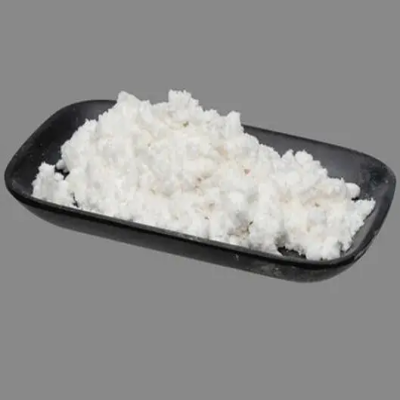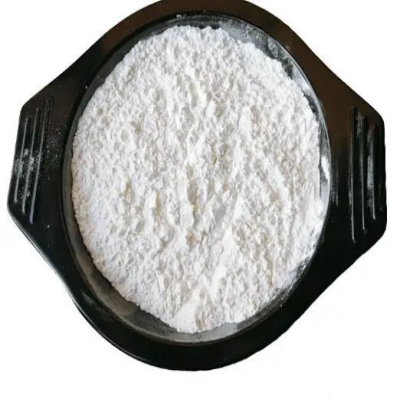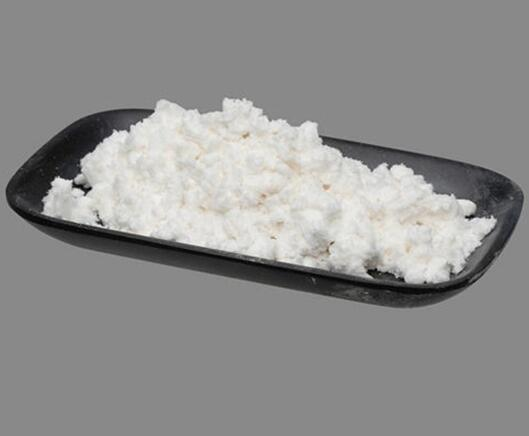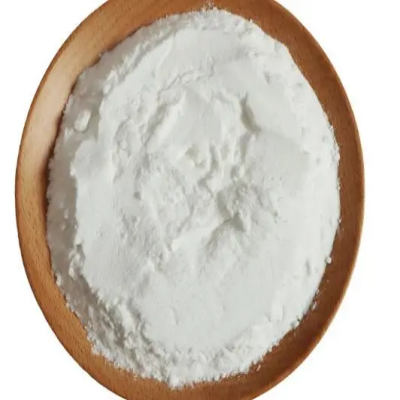N-Isopropylbenzylamine CAS:102-97-6
N-Isopropylbenzylamine serves various purposes across different sectors due to its versatile nature and functional groups. In the pharmaceutical industry, it acts as a building block for synthesizing pharmaceutical intermediates and active ingredients in drug formulations. Its structural features contribute to the creation of diverse drug molecules with potential therapeutic effects in areas such as neuroscience, oncology, and cardiovascular health. Moreover, N-Isopropylbenzylamine finds applications in chemical research and process development for exploring new synthetic routes and optimizing reaction conditions. Chemists utilize its reactivity and compatibility with other compounds to design efficient pathways for producing complex organic molecules and fine chemicals. In addition, this compound is employed in the manufacturing of specialty polymers, resins, and additives for the plastics and coatings industries. Its incorporation into polymer matrices enhances material properties such as flexibility, adhesion, and durability, making it valuable for formulating high-performance products for automotive, construction, and packaging applications. Furthermore, N-Isopropylbenzylamine plays a role in academic laboratories and scientific investigations as a reagent for studying organic transformations and elucidating reaction mechanisms. Its use in synthetic chemistry experiments allows researchers to explore chemical reactions, develop new methodologies, and advance knowledge in organic synthesis. Additionally, N-Isopropylbenzylamine is utilized in analytical chemistry for preparing calibration standards and reference materials for chromatographic analysis and spectroscopic techniques. Its purity and stability make it suitable for generating accurate and reproducible results in quantitative analysis of organic compounds in complex samples. Overall, the diverse applications of N-Isopropylbenzylamine highlight its significance as a versatile compound in pharmaceuticals, chemicals, polymers, research, and analytical chemistry. Its role as a key ingredient, intermediate, and reagent underscores its importance in driving innovation and progress in various industrial and scientific endeavors, contributing to advancements in drug discovery, material science, chemical synthesis, and analytical methods.






| Composition | C10H15N |
| Assay | 99% |
| Appearance | white powder |
| CAS No. | 102-97-6 |
| Packing | Small and bulk |
| Shelf Life | 2 years |
| Storage | Store in cool and dry area |
| Certification | ISO. |









